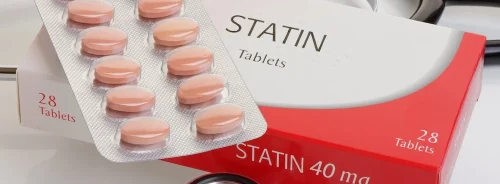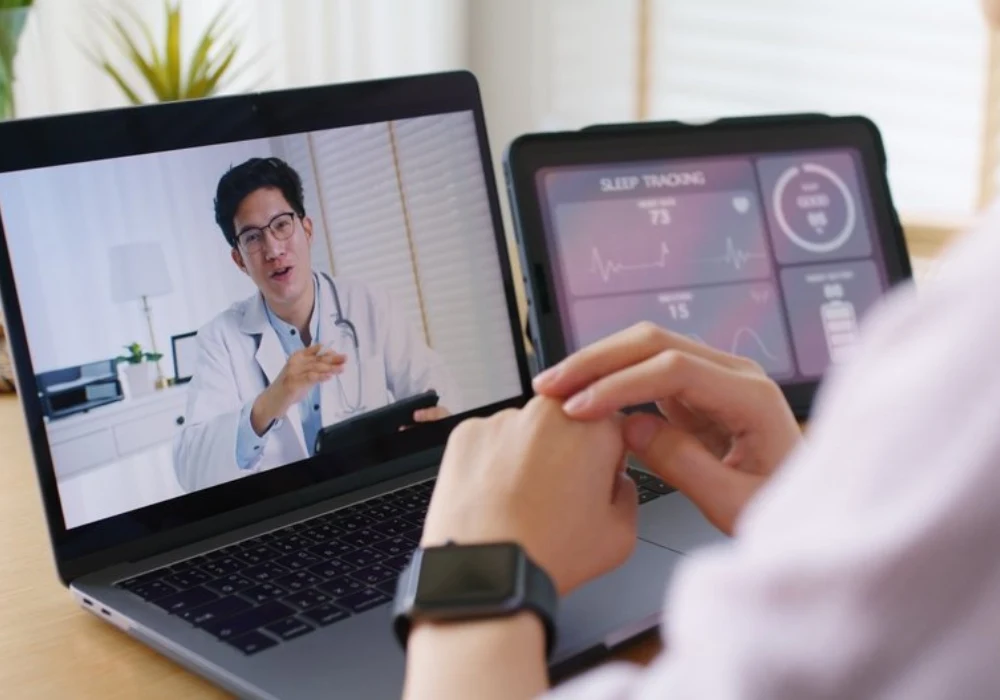A peer-reviewed case study published in NEJM Catalyst highlights Cadence's partnership with Providence as a breakthrough in scalable, proactive chronic disease management. The study demonstrates that Cadence's Remote Patient Care model delivers improved clinical outcomes, reduced total cost of care, and exceptional patient satisfaction, showing what's possible when technology and care delivery are seamlessly integrated.
Chronic disease remains one of the most pressing challenges in healthcare. Nearly every senior lives with at least one chronic condition, accounting for the majority of healthcare spending. Yet healthcare systems continue to struggle to manage this population effectively and consistently.
Cadence is addressing this gap with a fundamentally different care model, one that replaces episodic, fragmented care with continuous, proactive support delivered through remote monitoring, data-driven insights, and team-based clinical collaboration.
In the NEJM Catalyst case study, Providence and Cadence share how they implemented and scaled this model across multiple markets, offering a clear framework for operationalising remote patient care at scale. The analysis covers the clinical infrastructure, data integration, and financial sustainability that underpin Cadence's outcomes.
Over the study period, more than 2,500 patients across four states and nine Providence markets were enrolled in Cadence's Remote Patient Care programme. One-third of participants lived in rural or underserved areas. The programme, fully integrated with Providence's electronic health record, is staffed by a 24/7 physician and nurse practitioner-led clinical team and aligned with existing fee-for-service reimbursement models.
Key outcomes from the case study include:
- 43% relative increase in blood pressure control (from 42% to 60%)
- 107% increase in heart failure patients on all four GDMT pillars for reduced ejection fraction (15% → 31%)
- 300% increase in heart failure patients on all four GDMT pillars for preserved ejection fraction (2% → 8%)
- $203 per patient per month, lower total cost of care, inclusive of the programme cost
- 4.9/5 patient satisfaction and NPS +40 across more than 700 survey responses
Unlike traditional remote patient monitoring efforts, which often overwhelm clinicians with unmanageable data and lack sustainable funding models, Cadence's approach succeeds because it was designed around three foundational principles:
- Patient-centred care: Continuous engagement and monitoring that drive measurable improvements in outcomes and satisfaction.
- Clinician-first, team-based design: Integrated directly into the electronic health record and supported by a multidisciplinary 24/7 care team that collaborates with primary and specialty providers.
- Financial sustainability: Operational under existing remote monitoring reimbursement structures, ensuring scalability in both fee-for-service and value-based environments.
With these strong fundamentals, Cadence's model has now expanded across more than 20 health systems in the U.S.
Source: NEJM Catalyst
Image Credit: iStock






